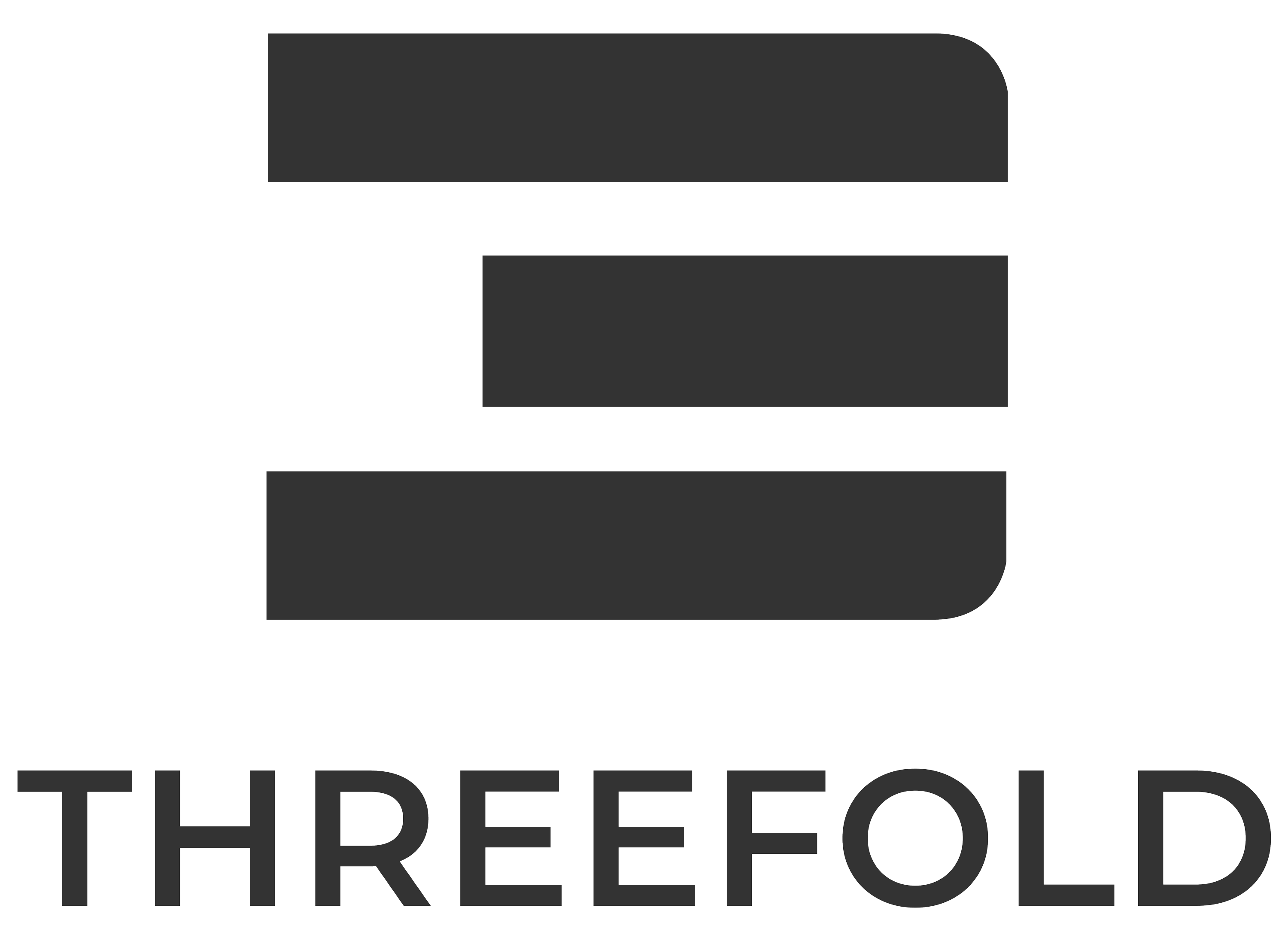Internet is growing wild
The internet is growing at an extremely fast pace, but is that a good thing?

The current growth of internet needs 4000+ new large scale data centers of computer systems. The global data growth will reach more than 40 Zetabytes by 2020 which represents an average yearly growth of 42% starting at 4.5 Zetabytes in 2013. To host all this data, over 4000 new big data centers have to to be built. And to achieve this goal, $ 1 trillion USD investment capital is needed and land totalling the size of the UK would be needed.
The Internet is one of the fastest growing industries in the world. In this article we'll explain why that's not always such a good thing and where we see opportunities.
🔗Internet capacity needs to become localized
A big majority of users in the world connect to servers that are not present in their region and as such experience higher costs and low performance. According to a study by datacentermap.com, 80% of the data centers of the current Internet’s service providers are based in the U.S. and Europe. The rest of the world has scarce Internet resources dotted around territories.
As a consequence most Internet users use Internet-based services running on infrastructure which is located far away from their physical location and most likely outside their country’s borders. This decreases the general end-user experience (latency) but also adds unnecessary costs to transporting the information back and forth. Also, it adds legislation and compliance headaches to enterprises.
Our mission is to empower and inspire people to recognize abundance by living new experiences one hour at a time.
🔗The Internet needs to perform better
Compute and Storage vendors create poor-performing solutions. There have been yearly improvements in hardware following Moore’s law. While this has allowed ThreeFold to progress and innovate, it has also led to software developers taking these advances for granted; cutting corners where they can, creating sub-optimal code and allowing software components to be layered on top of each other to achieve certain behavioral functionalities.
The inefficiencies have now led to a situation where organically-grown IT architectures are immensely complex. They use a variety of components from different software and hardware vendors integrated by so called ‘integrators’. The overall effort and cost involved to create, operate and maintain such architectures is growing continuously and requiring an ever-increasing budget and resourcing to continue.
If we could go down to the core algorithms and take another look at these, and innovate at the heart of technology instead of applying patches and pain killers, we would be able to create much more end-user capacity than what systems provide today. Systems will last longer and will not have to be replaced by faster ones. Also, fewer engineers will be needed to create, operate and maintain these systems. Combined, these elements would present a more stable and reliable platform that can achieve higher levels of uptime.
Only upsides, right? Well a huge downside of such an approach is that vendors will make less revenue and more importantly less margin as systems will run for longer, be more stable and require less updates. So why would vendors innovate at the core of their solution?
🔗The Internet needs to become more sustainable
Did you know that the current Internet is responsible for between 5 and 10% of global energy consumptions? Making it more harmful to our planet than the airline Industry. The good news is that we can achieve 10x more power efficiency by addressing certain areas such as storage.
ThreeFold believes IT can do a much better job at being more sustainable - in fact ThreeFold believes it can reduce the Internet’s carbon footprint by 10 times compared to other industry standards in IT capacity producing solutions.
Power consumption is a function of better compute and storage performance that in theory would require more racks and cooling. ThreeFold’s architectural approach brought solutions that enables it’s Farmers to achieve roughly 3 times the performance per rack (so it uses fewer racks) and the racks require less energy than typical racks in the industry.
Read more about how ThreeFold achieves sustainability in the following blog.
🔗The Internet needs to become more affordable
The biggest cost in running IT architectures is the human cost. Today’s complex systems, built out of ‘band aid and patches’ point solutions, organically-grown and badly documented IT infrastructures, need an armada of people to keep them ticking. Even though this is an example, one can learn a lot from the trends that are presented:
- On average an IT budget takes 5% of overall revenues
- IT consumes 6.5% of the total number of Full-time equivalent in the company, of which 85% are insourced and 15% on payroll. This means that the enterprise doesn’t retain internal know-how to operate their IT.
- About 50% of IT budgets are spent on Infrastructure ane operations. Similarly, a big part goes to applications. A mere 5% is considered to be internal overhead within the IT department.
- Around 65% of the IT budget is spent on resources and services, around 35% is spent on hardware and software.
These figures present industry average numbers and paint a troubling picture that IT is a sizeable part of an overall budget, and that most spending is going to have the right knowledge skills insourced to the organisation to run the core IT architecture it relies on. For any other discipline in any organisation this would present an unacceptable risk to the business and its continuity - strangely not for IT.
🔗The Internet needs to become self-healing
The biggest source of downtime in computer systems is people. Getting people involved in fixing infrastructure problems creates the risk of accidentally causing more system downtime. A very recent example on this hit a large organisation cloud service provider.
20+ years ago when Internet data centers came into existence next to telecom points of presence (POP), the level of complication in architecting, and building and maintaining these infrastructures exploded. From an already reasonable complicated technology setup to transport packets of data around the globe, these information warehouses were created where data was uploaded to, processed, and the obtained results sent back to end users on the other side of the globe.
Managing a data center that contains solutions for information transportation, storage and processing is not an easy task and the growth of data volume uploaded, stored and processed has exponentially increased. The number of technologies invented and implemented in regards to the processing and storing of information has also exploded. This resulted in a double exponential growth in complexity to architect, build, operate and maintain these IT systems.
The time has come that we no longer rely on people to do the right thing in case of emergency - the complexity is overwhelming and the dependency on the availability of that information is huge. Having people to do manual deployments and operational responsibilities does not provide the agility and speed to keep up with the continuous exponential growth of the industry. It is time to take the human element out of IT and let smart and autonomous systems to take over. This will also let people focus on more creative activities.
🔗The world needs a responsible internet
On a humanitarian level the opportunities for creativity, learning and development are currently negatively influenced by a lack of access to performant and affordable Internet services. Since Internet access is a human right, it should protect the status quo between the developed and less-developed regions of our world.
🔗The Internet is growing fast, with the wrong solutions
It is evident that the current solutions are super unsustainable and make no sense. Luckily, ThreeFold and many other start-ups are deploying new solutions.
Photo by Jeremy Thomas on Unsplash.

